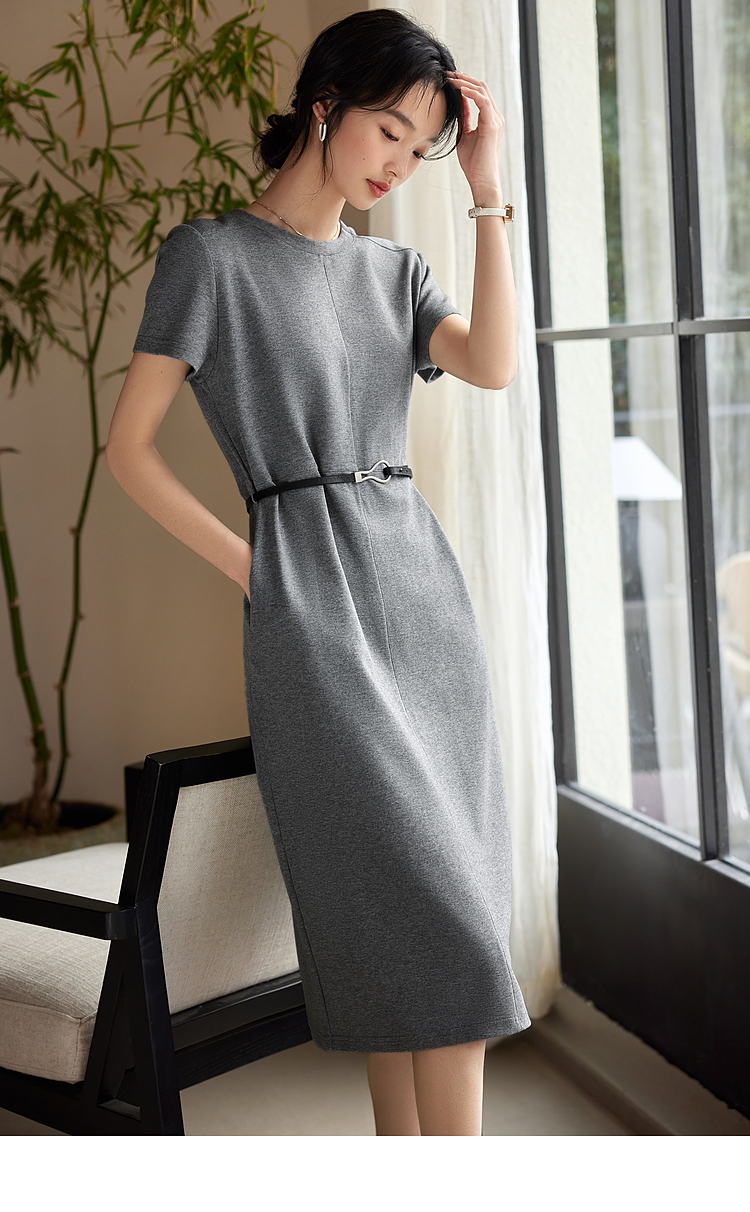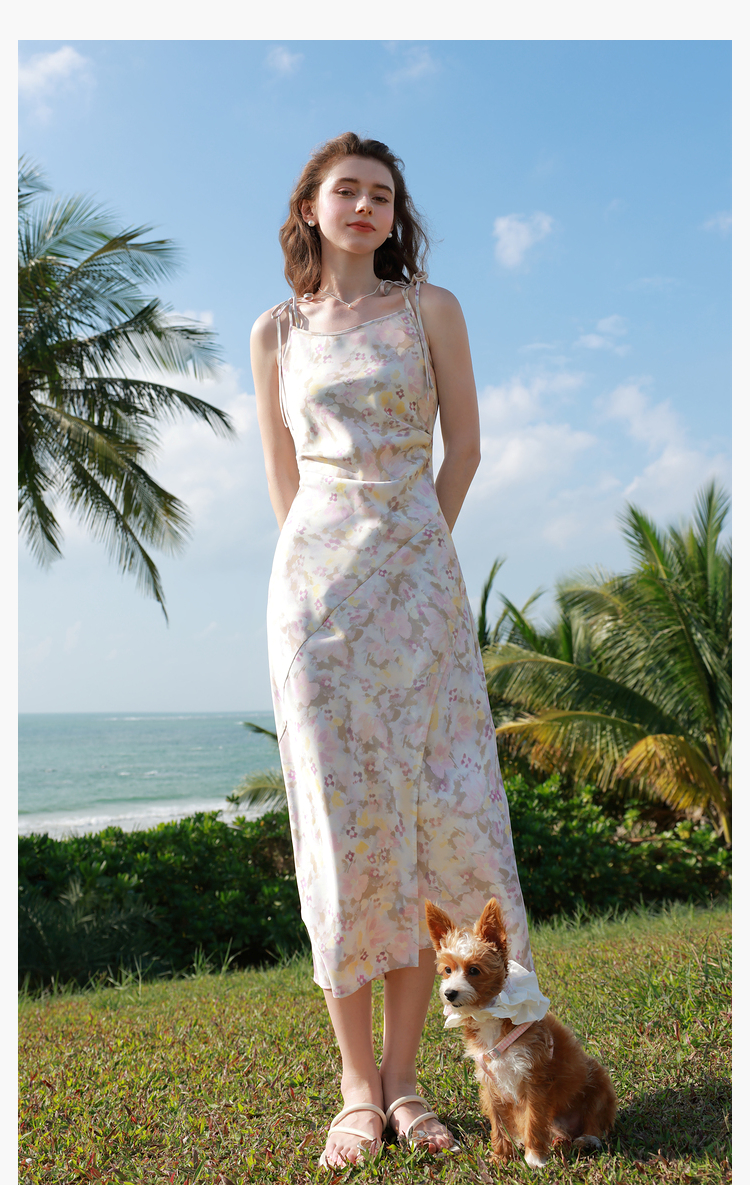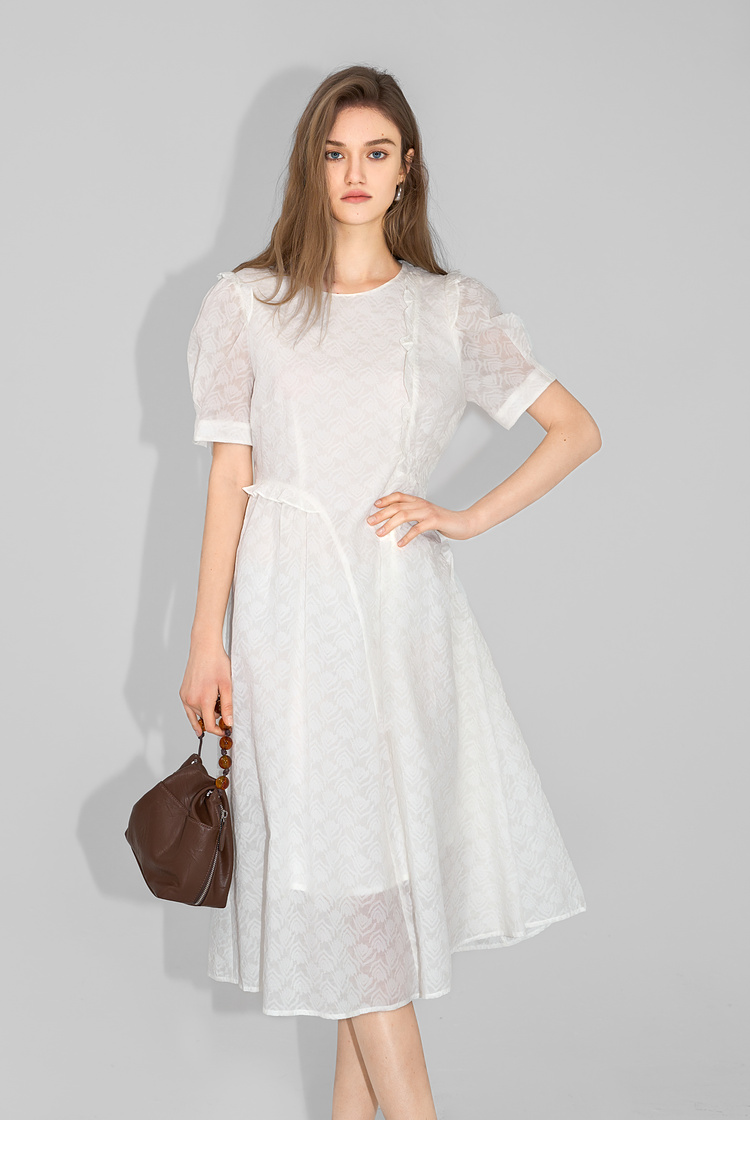Discovering the Elegance of Hanfu Jewelry
The allure of hanfu jewelry lies not only in its exquisite craftsmanship but also in the rich cultural tapestry it represents. As a testament to China’s ancient civilization, Hanfu jewelry has been an integral part of traditional attire for centuries. Each piece, from the delicate hairpins to the ornate belts, tells a story of the past, reflecting the social status, personal taste, and cultural beliefs of its wearer.
The Historical Context of Hanfu Jewelry
The history of hanfu jewelry is deeply rooted in the dynastic changes of China. From the Tang Dynasty’s preference for gold and jade to the Ming Dynasty’s fondness for intricate silverwork, each era has left its mark on the design and materials used. The evolution of these ornaments provides a fascinating insight into the changing aesthetics and social structures of Chinese history.
Materials and Craftsmanship
The materials used in hanfu jewelry are as diverse as the empire itself, ranging from precious metals like gold and silver to natural stones such as jade and pearls. The craftsmanship involved is a display of unparalleled skill, with techniques such as filigree, enameling, and stone setting being passed down through generations. The meticulous attention to detail ensures that each piece is a miniature masterpiece.
Symbolism and Cultural Significance
Hanfu jewelry is more than an accessory; it is a symbol of cultural identity. The motifs and designs often carry specific meanings, such as the dragon representing imperial power and the phoenix symbolizing grace and virtue. These symbols are not just decorative; they are a visual language that communicates the wearer’s values and aspirations.
Revival and Modern Interpretation
Today, there is a resurgence of interest in Hanfu jewelry, as people seek to reconnect with their cultural heritage. Modern designers are reinterpreting traditional designs, creating pieces that are both a nod to the past and a reflection of contemporary aesthetics. This fusion of old and new ensures that Hanfu jewelry remains relevant and cherished by a new generation.
Preserving the Legacy
As we delve deeper into the world of Hanfu jewelry, it becomes clear that preserving this legacy is crucial. From educational initiatives that teach the history and techniques of Hanfu jewelry making to the support of artisanal workshops that keep the craft alive, every effort counts. The future of Hanfu jewelry lies in our hands, and it is up to us to ensure that its story continues to be told.
Conclusion: The Timeless Appeal of Hanfu Jewelry
The journey through the world of Hanfu jewelry reveals a captivating blend of artistry, history, and cultural expression. As we appreciate the intricacies of each piece, let us also honor the hands that crafted them and the stories they carry. The beauty of Hanfu jewelry is not just skin deep; it is a reflection of the soul of a civilization that has thrived for millennia.







The article does a great job of highlighting the craftsmanship involved in Hanfu jewelry, but I wish it had mentioned the maintenance cost. These pieces are delicate, and they require special care to keep them looking their best. It’s something to consider before making a purchase.
I’m a jewelry designer, and I’m thrilled to see the modern reinterpretations of traditional Hanfu designs. The fusion of old and new is exactly what the industry needs. It keeps the craft alive while also making it accessible to a broader audience. The creativity and innovation in these pieces are truly inspiring.
I’m a fashion blogger, and I love how Hanfu jewelry can elevate any outfit. Whether it’s a modern dress or a traditional Hanfu, these pieces add a touch of elegance and sophistication. The versatility of Hanfu jewelry makes it a must-have in any fashion-forward wardrobe.
I’m a jewelry enthusiast, and I must say, Hanfu pieces are some of the most unique I’ve ever seen. The designs are unlike anything else in the market, and the cultural significance adds an extra layer of depth. It’s a way to stand out and express my individuality.
As a woman in my 30s, I’m intrigued by the idea of wearing Hanfu jewelry in a modern context. The article’s suggestion of a fusion of old and new is exciting. I can see myself incorporating these pieces into my everyday wardrobe.
I’m a collector of antique jewelry, and Hanfu pieces are some of my most prized possessions. The craftsmanship is unparalleled, and each piece tells a unique story. I love how they blend artistry with history.
The cost of Hanfu jewelry can be quite high, which is understandable given the materials and craftsmanship involved. However, it limits accessibility for many people. I hope to see more affordable options that still maintain the quality and cultural significance.
I’m a collector of antique jewelry, and I must say, Hanfu pieces are some of the most exquisite I’ve ever seen. The craftsmanship is unparalleled, and the attention to detail is truly remarkable. Each piece is a miniature masterpiece, and I feel privileged to own them.
As a jewelry designer, I’m thrilled to see the modern reinterpretations of traditional Hanfu jewelry. The fusion of old and new aesthetics is a testament to the timeless appeal of these pieces. It’s exciting to see how contemporary designers are keeping the craft alive.
As someone who loves to mix and match different styles, the article’s suggestion of a fusion of old and new in Hanfu jewelry is perfect for me. I can’t wait to experiment with these pieces in my wardrobe.
I’m a collector of antique jewelry, and I’ve always been drawn to Hanfu jewelry. The article’s mention of the different materials used throughout history has given me a new perspective on my collection. I’m eager to learn more about the specific eras and their influences.
I’m a history buff, and the historical context of Hanfu jewelry is what draws me in the most. The fact that each dynasty had its own unique style and materials is fascinating. It’s like holding a piece of history in your hands. The craftsmanship is truly unparalleled, and I appreciate the effort that goes into preserving these ancient techniques.
I have to admit, I was initially skeptical about the resurgence of Hanfu jewelry. But after learning more about its cultural significance and the symbolism behind the designs, I’m completely sold. It’s not just about looking elegant; it’s about understanding and appreciating the deeper meanings behind each piece.
As someone who loves sustainable fashion, I’m thrilled to see modern interpretations of Hanfu jewelry. It’s great that designers are finding ways to blend traditional aesthetics with contemporary styles. This not only keeps the craft alive but also makes it more accessible to a wider audience. Plus, it’s a way to support artisans who are keeping these traditions alive.
I have a few pieces of Hanfu jewelry that I wear regularly, and I always get compliments. It’s not just about the beauty of the pieces; it’s about the story they tell. Each time I wear them, I feel a sense of pride and connection to my cultural heritage.
I’m a bit of a traditionalist, so I appreciate the classic designs of Hanfu jewelry. But I also love seeing how modern designers are incorporating these traditional elements into contemporary styles. It’s a great way to keep the craft relevant.
The environmental friendliness of Hanfu jewelry is something that I appreciate. Many of the materials used, like jade and pearls, are natural and sustainable. This aligns with my values of wanting to make more eco-conscious choices in my fashion choices.